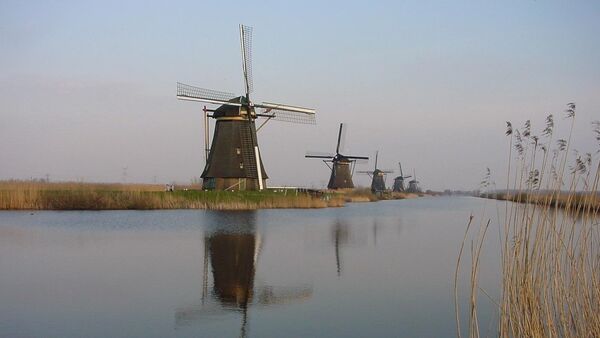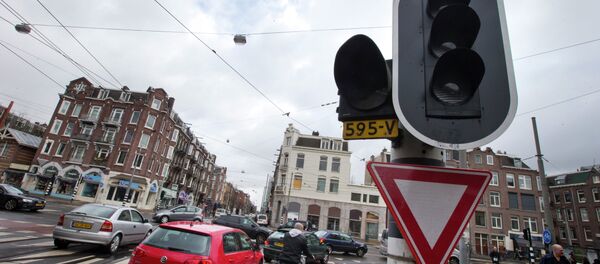Floods remain a national problem for the Netherlands, most of which is located below sea level and repeatedly faces the threat of flooding.
As for the super-high frequency Ranet-21M radiometers, they were developed by the OIC's concern Vega and are designed to help find leaks in hydraulic structures in cases where it is impossible to visually detect these defects.
The devices are installed on drones and quad-copters to help Dutch researchers inspect dams that cannot be reached with the help of other vehicles. Upon obtaining relevant information, the researchers process the data and then save it so that they may compare the condition of the dam and adjacent areas as they change over time.
"The world sees a very small number of sophisticated and available radiometers, and they all are typically used for scientific purposes. As a rule, they are very large-sized and heavy, which is not the case with the Russian devices, that are compact, efficient and easy to use," Miramap head Roland Haarbrink said.
Meanwhile, the Russian-made radiometers are already reportedly used in works in Zeeland Province in the Netherlands' southeast, North Holland Province in the country' northwest and Groningen Province in the Netherlands' northeastern areas. The Russian radiometers help Dutch researchers inspect dozens of kilometers of sea dykes every year.




